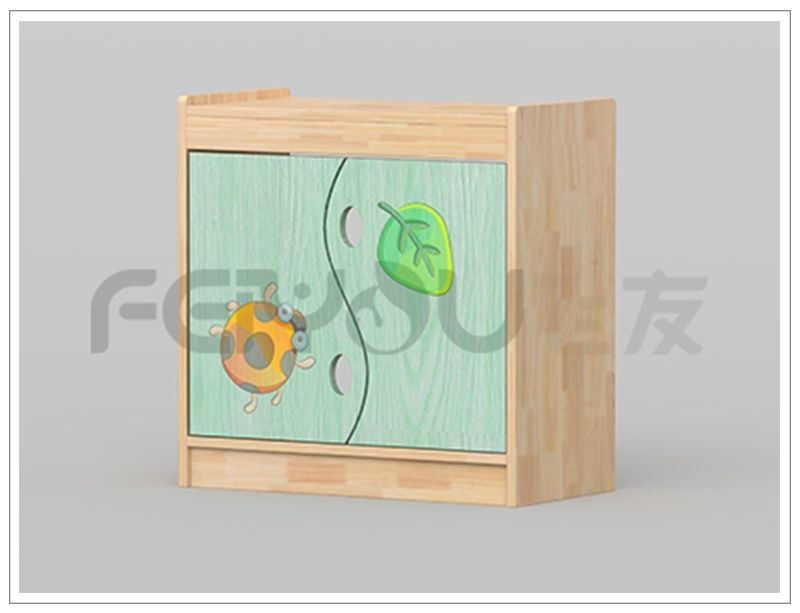The company is the leading manufacturer of children's amusement facilities and the overall provider of kindergartens. It specializes in providing children's slides, expansion equipment, children's furniture, children's toys, fitness equipment and other series of teaching toy products. The company's official website:. Tel. Address: No.16, Chuangqiang Road, Lucheng District, Wenzhou City Light Industry Park. Warmly welcome your patronage, the company dedicated to serve you! Home paint has a decisive role in the low-carbon environmental protection of homes. In the official environmental supervision, a large number of enterprises that have not met the environmental standards have been ordered to suspend business for rectification, and the home industry’s appeal for “oil to water†has become increasingly high. Under the background that environmental protection has become the main theme of the development of various industries, home-based companies have also put more emphasis on the application of water-based coatings. Home Furnishing Industry Environmental Demand Promotes Coating Technology Upgrade The development of the home industry is closely related to the technological changes in coatings. At the end of the 1960s, polyurethane paint (PU) began to be used for home painting; at the end of the 1980s, polyester paint (PE) was introduced from Hong Kong, Macao and Taiwan to coastal areas such as Dongguan, and was produced by a joint venture between Hong Kong and Taiwan. Breakthrough; In 1996, China Resources introduced a resin from Italy (later Xianda Resin). During the same period, the research and development of UV-cure wood coatings represented by Hunan Asia University was successful, mainly used for solid wood flooring, wood flooring, and composite flooring, ending the state of import of UV coatings; by the end of the 1990s, Shandong Yalimei The market for waterborne wood coatings, represented by the company, has created a precedent for the waterborne and environmental protection of wood coatings. To sum up, home paint from the PU paint → PE paint → UV paint → water-based paint, basically follow this concept of environmental protection. "Oil to water" after the home product itself will greatly improve the environmental quality, in line with the concept of modern consumer spending. Environmental protection supervision is upgraded to "oil to water" start In the face of stringent VOC emission standards and stricter requirements for the implementation of the second phase of the standard, production-oriented furniture companies urgently need to renovate their existing production processes. For production-oriented furniture companies, the cost of using water-based paint is 30% higher than traditional oil-based paint, and even as high as 50%. Tan Chunlei, a coating expert, said that the high cost of waterborne wood coatings, high brushing requirements, and difficulty in transforming production lines are the main reasons why most furniture companies are unwilling to change waterborne wood coatings. The implementation of this new standard is not only a major test for the paint industry, but also a rare opportunity. It is understood that there are a few paint companies that concurrently do water-based paint on the market, but due to the limited market demand, there are not many applications for large-scale wood product spraying. Then, driven by policies, the demand for water-based paints in the market will inevitably greatly increase. Will the situation of water-based paints replace oil paints be opened up? The home industry is increasingly focused on the use of waterborne coatings From 2015 onwards, all areas of the country have begun to implement regulations that restrict/prohibit solvent-based paints. On July 1, 2015, Beijing formally implemented the “Emission Standard of Air Pollutants for Wood Furniture Manufacturing Industryâ€. According to regulations, after 2017, Beijing's home manufacturing industry will completely ban the use of oil paints, that is, paint spraying. This standard is called by the industry. The country's stricter household pollutant discharge standards. Since May 1, 2017, Shenzhen home product manufacturing process will completely ban the use of solvent-based paints, adhesives and toxic sheet. By then, Shenzhen Home will become a truly environmentally friendly home. On March 28th, 2017, Guangzhou proposed to improve the VOCs indiscriminate discharge, solve the “three wastes†problem, upgrade coating equipment, use environmentally-friendly coatings, and optimize the coating process, and solve the problem of environmental protection at the source. . Under the background that environmental protection has already become the main theme of today's social development, the tide of “oil to water†in home-made enterprises is powerful. These are all signs of a strong signal that the home shipping industry's environmental protection transformation ship has sailed! "Oil to water" impact on the consumer market geometry? For consumers, it is good news for furniture companies to reduce or prohibit the use of oil paints that are harmful to health. After the “oil is changed to water,†the environmental quality of the furniture products themselves will be greatly improved. With the continuous improvement of people's quality of life requirements, furniture products using water-based paint will inevitably be recognized by more and more consumers. X-Type Tripod Screen,Portable Projector,Outdoor Projector Screen,Portable Projector Screen Tripo Dongguan Aoxing Audio Visual Equipment CO.,Ltd , https://www.aoxing-alr.com